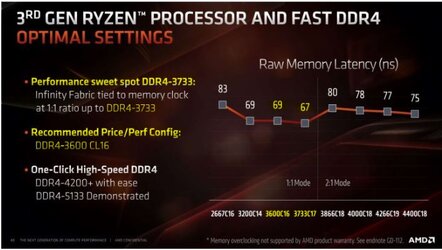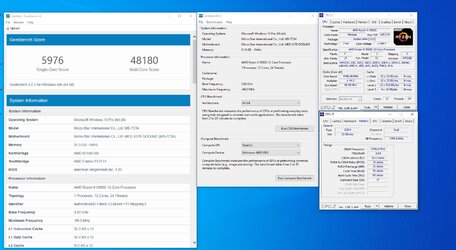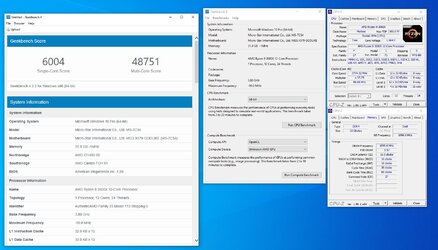- Joined
- Dec 19, 2012
8086k stock, delid+LM, Noctua D15 under same load runs around 55C. I could try a bigger cooler on the 3600. I have other Noctuas in other systems so maybe a straight swap to bigger would help.
The new AGESA might make that better Mack


